Industry information
Company News
- Aluminum veneer customization, creating a new trend of personalized space
- Aluminum veneer: the "green clothing" of modern architecture
- Aluminum veneer, the hidden 'star' in modern architecture
- Aluminum veneer customization, creating personalized space and new fashion
- Aluminum panel with a new look: Imitation wood grain aluminum veneer, the finishing touch of architectural art
Industry dynamics
- Punched aluminum veneer is a key element in creating extraordinary architecture
- Imitation wood grain aluminum veneer: a green and fashionable choice for modern architecture
- Curtain wall aluminum veneer: the "fashionable coat" of modern architecture
- Refrigeration molded aluminum veneer system
- The unique charm of imitation wood grain aluminum veneer, savoring the fashionable new trend of modern architecture
Frequently asked questions
- How does aluminum veneer provide the wind resistance required for modern buildings?
- Can aluminum veneer be used for building platform design?
- Can aluminum veneer be applied to the exterior design of high-rise buildings?
- Is the surface treatment method of aluminum veneer restricted?
- How to evaluate the impact of the plasticity of aluminum veneer on the appearance of buildings?
contact us
Mobile:+86 15627778610
Email: 2201229786
Address: No. 5 Binjiang Road, High tech Zone, Zhaoqing City, Guangdong Province
Is the use of aluminum veneer in modern architecture limited by the cost-effectiveness of building materials? If there are any restrictions?
- Author: Lesilong Technology (Guangdong) Co., Ltd
- Release time: 2022-03-04 07:47:35
- Click:0

The cost-effectiveness of modern architecture is increasingly being valued, andAluminum veneerAs a new type of building material, it also needs to have certain cost-effectiveness performance to meet this requirement. This article will provide a detailed introduction from multiple perspectives on whether the use of aluminum veneer in modern architecture is limited by the cost-effectiveness of building materials and related technical measures.
1、 Material characteristics
The material characteristics of aluminum veneer are one of the important factors ensuring its cost-effectiveness performance. Generally speaking, aluminum is a lightweight and high-strength metal material with good recyclability and reusability. When selecting aluminum veneers, it is necessary to choose aluminum veneers of different thicknesses and shapes according to specific needs, and adopt appropriate surface treatment processes to improve their cost-effectiveness performance. Different coatings or films can be selected according to specific needs to further improve their cost-effectiveness performance.
2、 Surface treatment process
The surface treatment process of aluminum veneer is also an important factor affecting its cost-effectiveness performance. Generally speaking, adopting environmentally friendly surface treatment processes can reduce the impact on the environment, while also improving the decorative effect and service life of aluminum veneer. During the surface treatment process, attention should be paid to environmental protection and health issues, and surface treatment materials and processes that meet national environmental standards should be selected.
3、 Structural Design
In order to further increase the cost-effectiveness of aluminum veneer, it is also necessary to consider its structural design. For example, the connection points between aluminum veneers can be reduced through optimized structural design, thereby lowering their overall strength and stability; It is also possible to improve the overall strength and stability of aluminum veneers by increasing the connection points between them, thereby enhancing their cost-effectiveness performance. These measures can not only improve the cost-effectiveness performance of aluminum veneer, but also enhance its overall safety and stability.
4、 Processing technology
In order to further improve the cost-effectiveness of aluminum veneer, different processing techniques can be used for adjustment and modification. For example, different shapes and sizes of aluminum veneer can be achieved through stamping, bending, stretching, and other methods; The overall structure of aluminum veneer can also be strengthened through welding, riveting, and other methods. These measures can not only improve the cost-effectiveness performance of aluminum veneer, but also increase its decorative effect and service life.
5、 Recycling and Utilization
We also need to consider the issue of recycling aluminum veneer. By recycling waste aluminum veneers for reuse, the procurement and processing costs of aluminum veneers can be reduced; At the same time, it can also reduce the consumption of natural resources and environmental pollution, thereby achieving sustainable development. These measures can not only improve the cost-effectiveness of aluminum veneer, but also promote resource recycling and environmental protection.
Aluminum veneer can provide the cost-effective performance required for modern architecture through various means such as material properties, surface treatment processes, structural design, processing techniques, and recycling. Only by fully considering these factors and taking corresponding measures for optimization and control, can the advantages of aluminum veneer be fully utilized to provide more beautiful, durable, and economically practical exterior wall decoration materials for buildings.
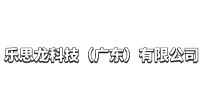
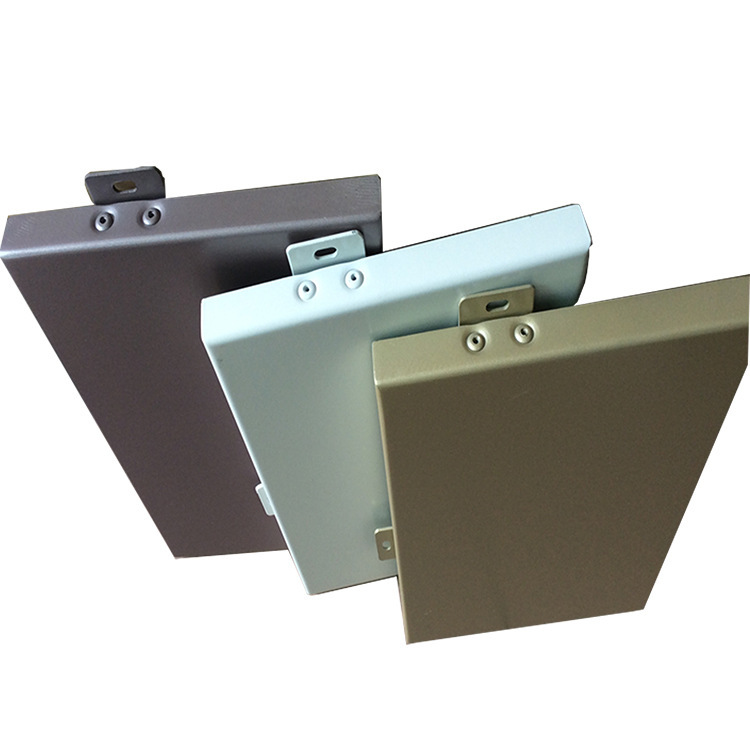
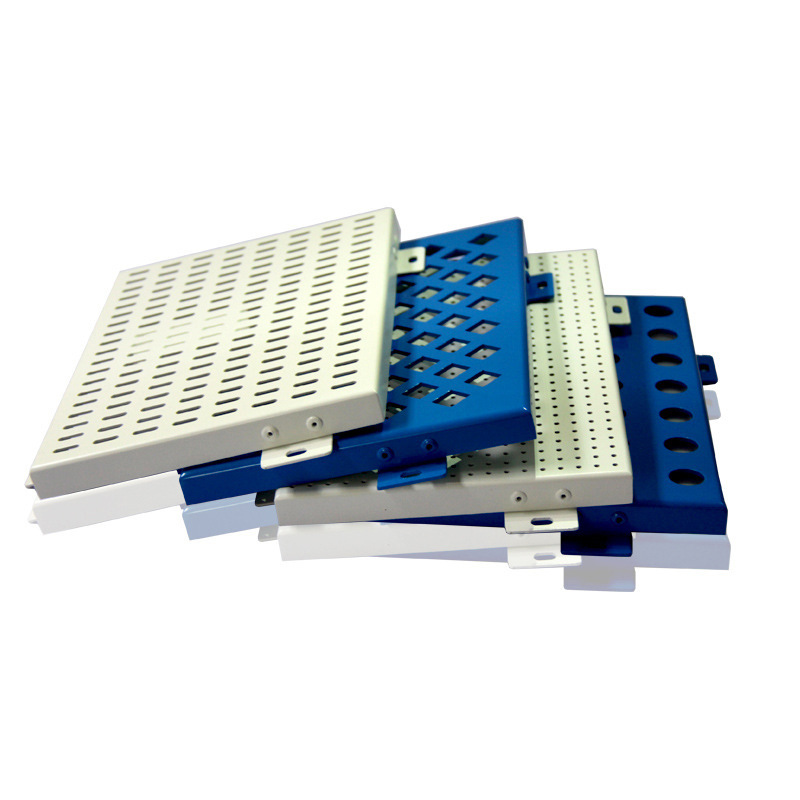
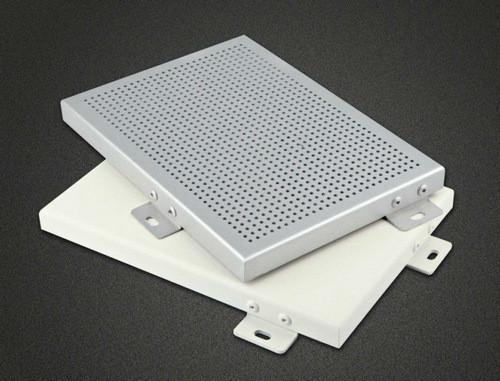
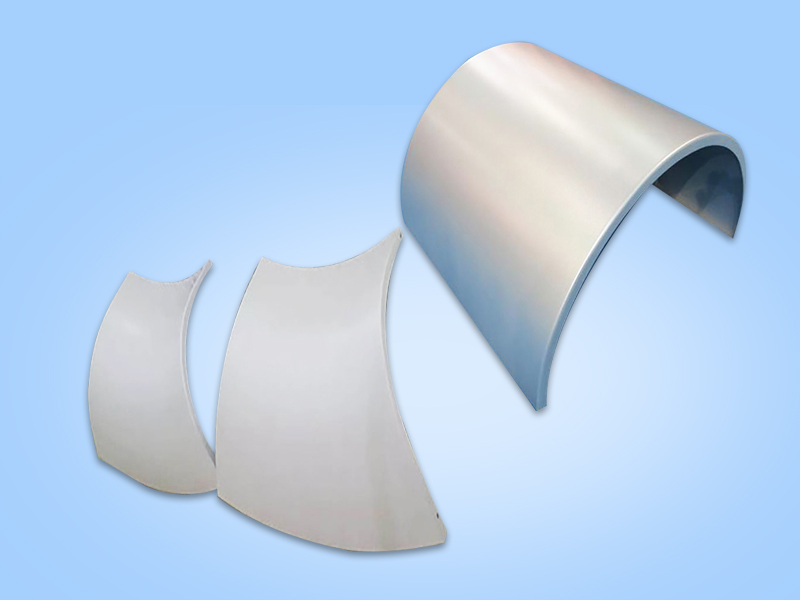
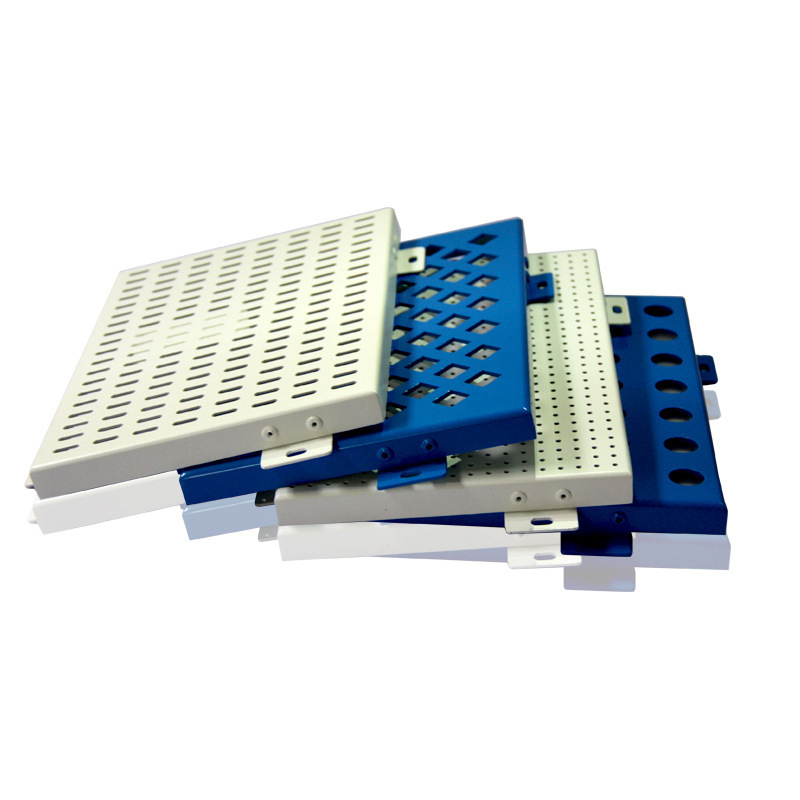

 Customer service QQ
Customer service QQ